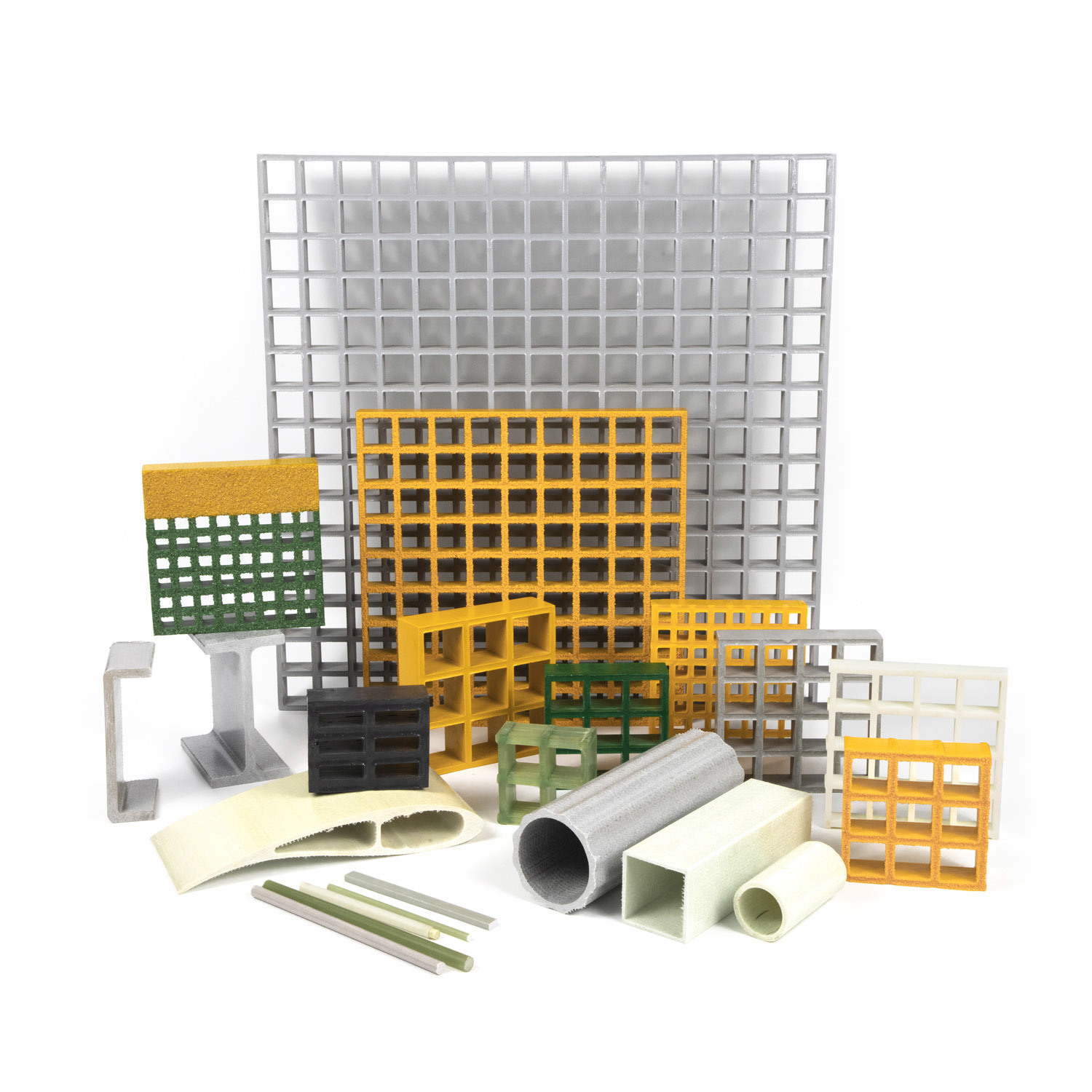Fiberglass Grating: A Comprehensive Guide
About the Author
With over 15 years of experience crafting articles on fiberglass grating, I present you with this in-depth guide. Expect a wealth of expert knowledge, unraveling the advantages, applications, and crucial factors surrounding this highly versatile material.
Origins and Evolution
Fiberglass grating has come a long way since its inception. Originally developed as a lightweight and corrosion-resistant alternative to metal gratings, it has evolved into a sophisticated composite material with a vast range of applications.
Durability and Strength
Fiberglass grating stands tall against harsh environments and demanding loads. Its superior strength-to-weight ratio gives it an edge over metal gratings, while its resistance to corrosion, chemicals, and fire ensures longevity.
Versatile Applications
The boundless versatility of fiberglass grating extends across various industries. From walkways and platforms to flooring and drainage systems, it has found its place in chemical processing plants, offshore platforms, and food manufacturing facilities.
Unveiling the Advantages
Fiberglass grating boasts an impressive array of advantages that make it a preferred choice for numerous applications.
Non-Conductive and Non-Corrosive
As an electrical insulator, fiberglass grating plays a vital role in electrical applications. Its non-corrosive nature also withstands the test of time, resisting rust and degradation from harsh chemicals and elements.
Lightweight and Durable
The exceptional strength-to-weight ratio of fiberglass grating makes it easy to handle and install. It remains unwavering under heavy loads, providing optimal structural support.
Slip-Resistant and Safe
The textured surface of fiberglass grating ensures maximum traction, preventing slips and falls even in wet or greasy conditions. Its slip-resistant properties enhance safety and reduce the risk of accidents.
Fire-Resistant and Low Maintenance
Fiberglass grating's flame-retardant properties mitigate fire hazards, ensuring a higher level of safety. Additionally, its low maintenance requirements reduce downtime and costs, making it an economical choice.

Types and Configurations
Fiberglass grating comes in a myriad of types and configurations, each tailored to specific needs and applications.
Molded and Pultruded
Molded fiberglass grating is formed by pressing resin and fiberglass into molds, while pultruded grating is pulled through a heated die, resulting in a continuous profile with high strength.
Recessed and Flush Surface
Recessed surface grating features a grid pattern with recesses on the top surface, providing improved slip resistance. Flush surface grating has a flat top surface, offering a smooth and even walking surface.
Specialized Applications
Specialized types of fiberglass grating include heavy-duty grating for extreme load-bearing, conductive grating for electrical applications, and UV-resistant grating for outdoor installations.
Expert Tips and Experience Sharing
Here are some valuable tips and insights from my years of experience working with fiberglass grating.
Design Considerations
When designing with fiberglass grating, factors such as load capacity, span, and environmental conditions should be carefully considered to ensure optimal performance.
Installation Techniques
Proper installation is crucial for the longevity and safety of fiberglass grating. Adhere to recommended guidelines and use appropriate fasteners and supports.
Maintenance and Inspection
Regular maintenance, including cleaning and inspection, extends the lifespan of fiberglass grating. Regularly check for damage, corrosion, or excessive wear to ensure timely repairs.
Case Studies and Success Stories
Numerous success stories attest to the exceptional performance of fiberglass grating in diverse applications.
The Alaskan Adventure: Corrosion Defied
In Alaska's harsh environment, fiberglass grating proved its mettle against corrosion and extreme weather conditions, ensuring the safety and longevity of offshore platforms.
The Culinary Edge: Hygiene Triumphant
The hygienic nature of fiberglass grating made it a natural choice for food processing facilities, where cleanliness and sanitation are paramount. Its non-porous surface prevents bacteria buildup, ensuring food safety.
The Towering Achievement: Strength at Heights
Fiberglass grating scaled new heights in telecommunication towers, providing a lightweight and corrosion-resistant solution for access walkways. Its high strength ensured stability and safety even in high-wind conditions.
Questions and Answers
Q: Can fiberglass grating be painted?
A: Fiberglass grating can be painted with specialized paints designed for composite materials. However, painting can affect the grating's surface texture and slip-resistance, so it should be considered carefully.
Q: What is the maximum load capacity of fiberglass grating?
A: The maximum load capacity varies depending on the type and configuration of fiberglass grating. It is crucial to consult manufacturers' specifications or conduct engineering analysis to determine the appropriate load-bearing capacity for a specific application.
Q: Is fiberglass grating suitable for outdoor use?
A: Yes, fiberglass grating is well-suited for outdoor applications due to its UV-resistant properties. It withstands prolonged exposure to sunlight without significant degradation.
Conclusion
Fiberglass grating has emerged as an indispensable material for a wide range of applications, from industrial to architectural. Its unparalleled combination of durability, safety, and cost-effectiveness makes it a superior choice for demanding environments. As technology continues to advance, the future of fiberglass grating promises even more innovative and versatile solutions.
